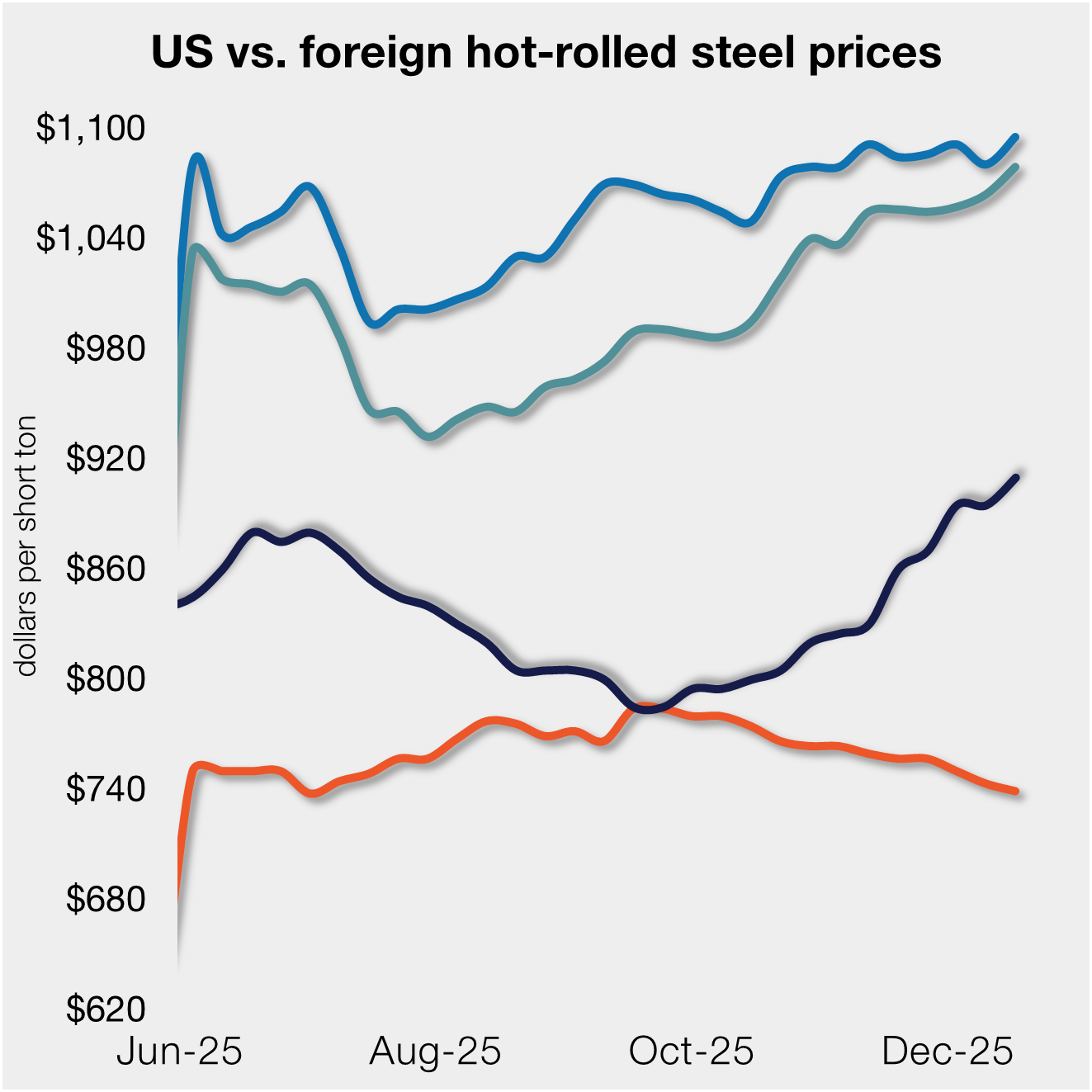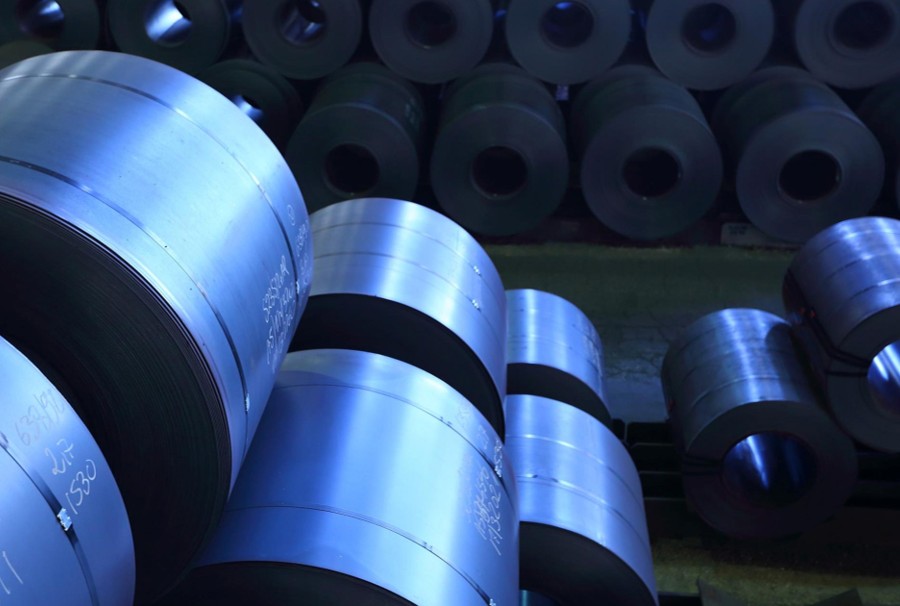Market Data

December 21, 2017
SMU Excess-Deficit Model Shows Supply-Demand Fairly Balanced
Written by John Packard
Flat rolled steel inventories ended November in approximate balance with current activity levels, based on the proprietary Steel Market Update Apparent Excess/Deficit model, which SMU applies to MSCI inventory and shipment data. Comparing shipments and inventory on a historical basis allows SMU to forecast if the distribution channel is likely to be over- or under-supplied in a given month, which can affect demand and prices.
U.S. service centers shipped 2,123,000 tons of steel in November, with an inventory of 4,808,000 tons, ending the month with a surplus of +170,000 tons. SMU had forecast shipments of 2,097,000 tons, inventory of 4,700,000 tons, and a surplus of 126,000 tons, using the SMU model. While the actual figures were slightly higher than SMU’s forecast, the shift from a slight deficit to a small excess supply was accurate.
SMU forecast that daily shipments would fall from 104,600 tons per day in October to 99,840 in November. In actuality, daily shipments fared slightly better, dipping to 101,090. Daily receipts were forecast to decline from 101,391 tons per day in October to 92,846 in November. They came in higher at 99,219 tons, raising the November inventory number to 4,808,000 from SMU’s forecast of 4,700,000


December Forecast
Steel Market Update forecasts that shipments of flat rolled products will total 1,757,000 tons for the month of December. Inventories of carbon flat rolled will total 5,151,000 tons at the end of the month. SMU estimates service centers will be holding +412,000 tons of excess inventories at month end, double the tonnage at the end of November, but still in relative balance with demand.
SMU forecasts that inventory levels will rise from the 5-million-ton level for the next several months, and supplies will remain in excess, but at low levels that indicate a fairly healthy supply-demand balance.








